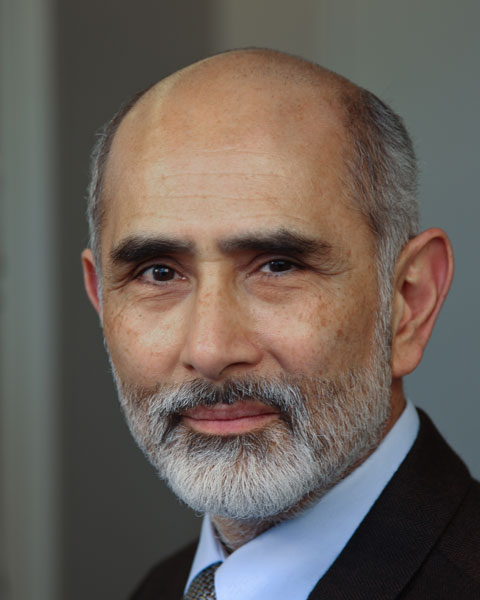Adult Depression
To each their own: Factors associated with interest in treatments for depression
(PS3-A9) To Each Their Own: Factors Associated with Interest in Treatments for Depression
- HR
Haley Raybin, B.A.
Graduate Student
Palo Alto University
Palo Alto, California 
Eric Uhl, M.A.
Graduate Student
Palo Alto University
Palo Alto, California- AE
Ashley Elefant Baratz, Ph.D.
Psychologist
Outside the Lines
Walnut Creek, California 
Ricardo F. Muñoz, Ph.D.
Distinguished Professor
Palo Alto University
Palo Alto, California- YL
Yan Leykin, Ph.D.
Professor
Palo Alto University
Palo Alto, California
Author(s)
Co-Author(s)
Introduction: Major Depressive Disorder affects roughly 21 million adults in the United States (NIH, 2022). Common depression treatments include antidepressant medication (ADM) and talk therapy; for those not responding to these, electroconvulsive therapy is a highly effective option. Individuals often have specific preferences about treatments, which may be affected by their beliefs about their depression, the cost, invasiveness, and marketing (Khalsa, McCarthy, Sharpless, Barrett, & Barber, 2011). This study examines factors associated with an individual’s level of interest in three depression treatments (ADM, therapy, ECT).
Methods: Participants (N= 357) were recruited via an online depression/suicide screener (Leykin et al., 2012). Participants represented two broad cultural groups (Goodmann et al., 2021): English speakers from “Western” countries (n = 135) and Spanish speakers from Latin America (n = 222). Participants completed a questionnaire on treatment preferences, along with other measures (demographics, depression symptoms, (QIDS; Rush et al., 2001)). Repeated measures ANCOVAs were used to understand differences in interest in ADM, therapy, and ECT.
Results: Several complex relationships were identified. 3-way (treatment*gender*QIDS score) interaction (p = .006) suggested that as depression level increases, interest in talk therapy lessens for both genders, but interest in ADM increases for women, whereas interest for ECT was low but increased with more severe depression. A 3-way (treatment*gender*stigma score) interaction (p = .016) suggested that as stigma scores increased, men reported less interest in ECT, but women’s interest increased; higher stigma resulted in greater interest in ADM, but had no effect for talk therapy. A 3-way (treatment*education*QIDS score) interaction (p = .017) suggested that for those with less education, as depression increased, interest in ECT likewise increased but interest in talk therapy decreased, whereas for those with more education, interest was stable regardless of depressive symptoms. Finally, a 3-way (treatment*age*social support) interaction (p = .033) suggested that younger participants were less interested and older – more interested in ADM when they had increased social support. Cultural groups did not moderate interest in treatments.
Conclusions: Interest is multifaceted and varies depending on the specific treatment as well as various demographic and social factors. Psychoeducation programs should be carefully targeted to facilitate interest and accurately inform potential patients.

